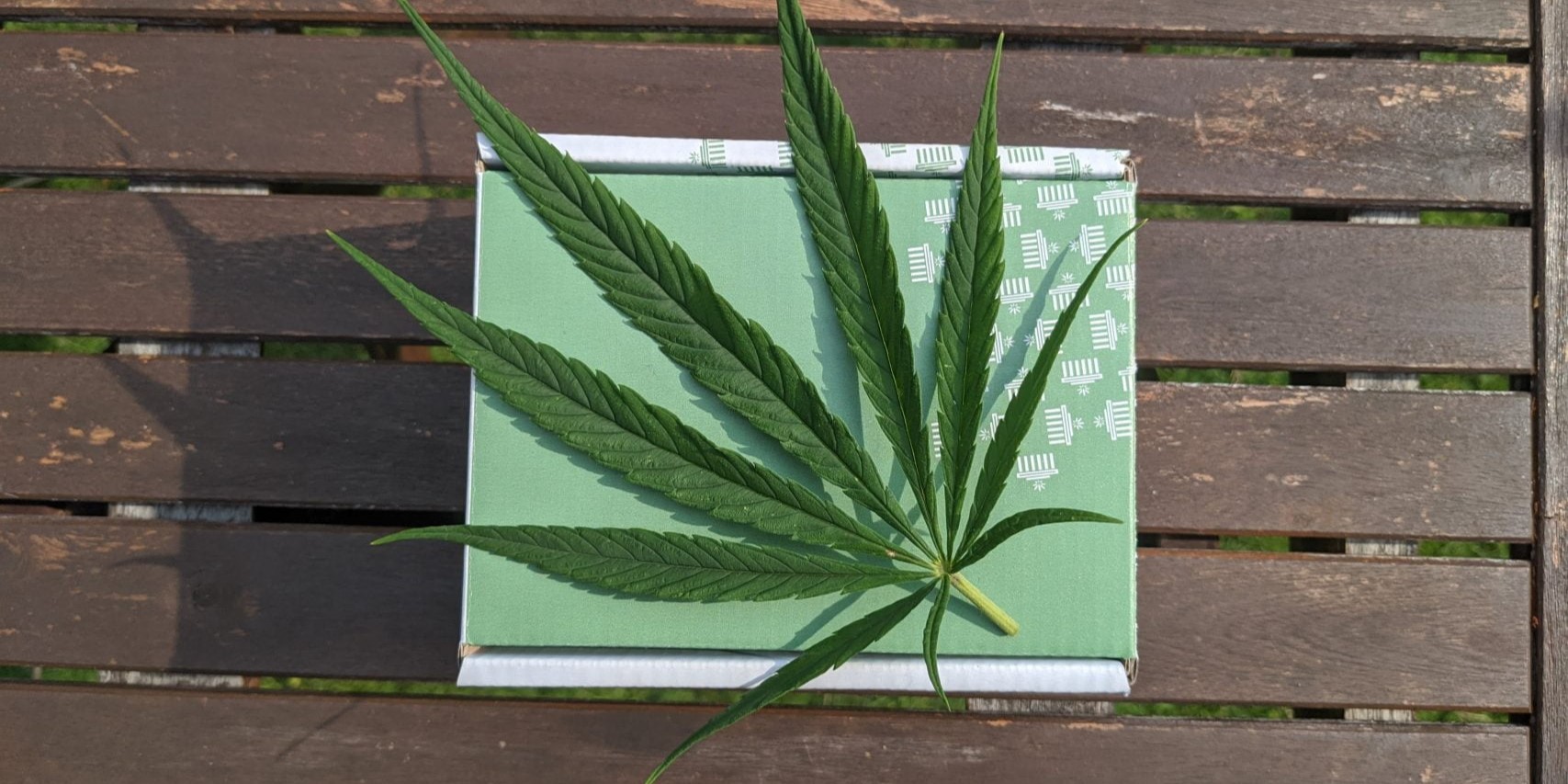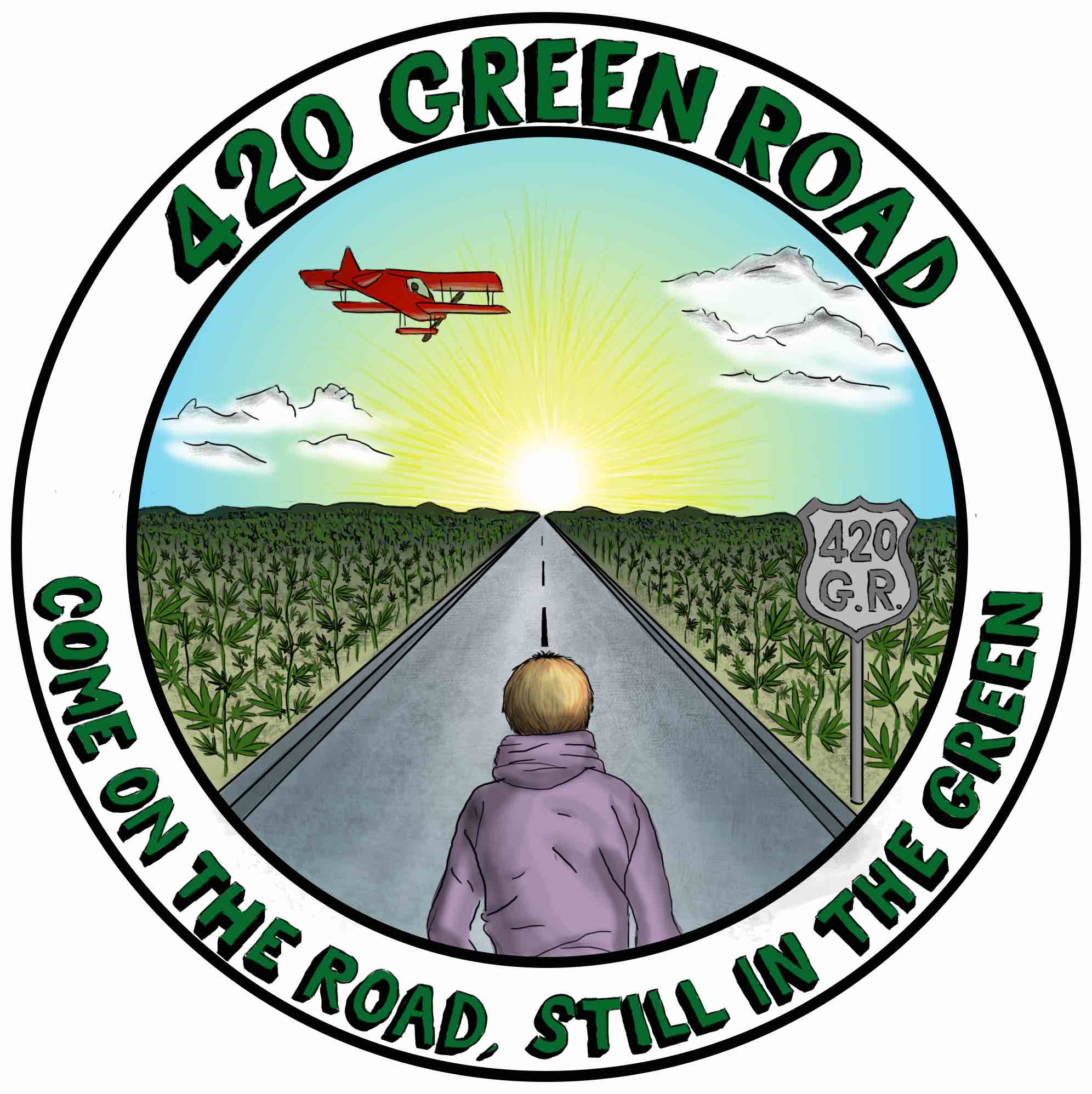News
The different natural cannabinoids: CBD, THC, CBG, CBN

What are the different natural cannabinoids?
Cannabis is a plant composed of numerous molecules known as cannabinoids. Researchers estimate that the cannabis plant contains between 80 and 100 different cannabinoids and around 300 other diverse chemical compounds. The four main cannabinoids are delta-9-tetrahydrocannabinol (THC) cannabidiol (CBD)cannabigerol (CBG) and cannabinol (CBN). Levels of these four cannabinoids vary according to variety.
In France, THC is banned, while cannabidiol and other non-psychotropic cannabinoids are legal to marketcannabidiol and other non-psychotropic cannabinoids are legal if their THC content is less than 0.3%. The French Supreme Court has gone further, stating that all hemp plants grown legally in the European Union are automatically legal in France.
In addition to these four cannabinoids, other equally interesting molecules appear in the composition of cannabidiol-based products, including CBC, CBL, CBDV, Delta-8-THC and others. Cannabinoids are also more potent when they interact with each other, the so-called entourage effect. Harvesting and extraction techniques must therefore be carefully observed to preserve all the plant's properties and the richness of its components (known as full-spectrum products).
CBG: "the father of cannabinoids
How does CBG work in hemp?
Little known to the general public, cannabigerol plays a key role in the composition of cannabis, as it is the first cannabinoid to form within the plant. Although found in small quantities in nature and without any particular upstream selection by the grower, its levels reach their peak at flowering in the form of CBGa. This is transformed by biosynthesis into other cannabinoids such as THCa and CBDa, with which we are more familiar. It's important to note that the "a" signifies the acidic form of the molecule, which is present at the base of cannabis flowers and only changes form when they are decarboxylated. In simple terms, THCa and CBDa and all the other acidic forms of cannabinoids are transformed into their active form. Each of these forms has its advantages. THCa, for example, has no psychotropic effects, unlike its active form, THC. The decarboxylation process is carried out by heat: inhalation, vaping, cooking at moderate temperatures...
What are the effects of CBG?
CBG is considered a "mild cannabinoid" because its psychoactive effects are non-existent. It is not listed in the United Nations Convention on Psychotropic Substances. In France, the purchase and consumption of cannabigerol and its derivatives, such as oils, isolates, flowers or even hash, are considered legal, in the same way as CBD. Although it is fairly well known in the scientific community, research into it is still underdeveloped. However, it seems to be more effective in relieving muscular pain and when used in conjunction with the other molecules present in hemp. According to some scientists, the entourage effect combines the effects of cannabis' various components. Preserving them would not only enhance the quality of the final product, but would also enable them to interact with each other, multiplying their effects tenfold. This is why we recommend the use of Full Spectrum oilsoils, richer and more varied in natural components.
While much remains to be discovered about this cannabinoid, its potential is of growing interest to the pharmaceutical industry and the scientific community. The few existing studies on the subject point to the hypothesis of an anti-inflammatory and antibacterial action, notably in the treatment of skin infections. As mentioned above, it is also a muscle relaxant and neuroprotective agent.
THC: the star cannabinoid
THC, whose scientific name is Delta-9-tetrahydrocannabinol, is one of the two best-known cannabinoids, along with cannabidiol. It produces psychoactive effects and alters perception when consumed. Some consider its "high" to be undesirable, and some consumers believe it to be the cause of a number of psychological disorders linked to self-absorption, notably paranoia, and other more acute forms such as bipolarity and even schizophrenia, not to mention its highly addictive side, which explains the reasons for increased control over it. Used for therapeutic or recreational in some countries, Delta-9 is a divisive issue, despite its use in a number of successful therapeutic treatments. Others prefer its close relative CBDwhich is reputed to be much gentler, more affordable and, above all, legal in France.
Important: it's important to specify that we're talking here about Delta-9-tetrahydrocannabinol (D9). Producers have recently succeeded in isolating other molecules, such as Delta-8-tetrahydrocannabinol (D8) and Delta-10 (D10). However, in the eyes of French law, they all remain illegal, as all three have psychoactive effects.
CBD: the cannabinoid spearheading legal cannabis
In contrast,cannabidiolis neither a psychoactive nor a narcotic narcotic. Taking advantage of a decree dated December 31, 2021, CBD is now fully legal in France. The government didn't really have a choice. The European Court of Justice ruled that the ban on marketing CBD was illegal in the Kanavape trial case in November 2020. This confirms once again the legitimacy of this molecule, even if it cannot be recognized as a medicine. The supposed virtues of this molecule are numerous and, for certain researchers, it could be an interesting alternative to the artificial molecules present in certain treatments. Read our article "What is CBD" to find out more.
CBN: a cannabinoid designed for sleep
Cannabinol (CBN)exists in low concentrations in certain varieties of hemp. It is also the product ofdegradation"of tetrahydrocannabinol: when the latter loses four hydrogen atoms through the combined actions of heat, air and light (oxidation), it simply becomes cannabinol. In short, when cannabis dries out, THC is transformed into CBN.This cannabinoid is a moderate psychotropic, less potent than Delta-9-Tetrahydrocannabinol, and its chemical structure is similar to that of cannabidiol. While it doesn't have any real "high" effects, it is said to induce a fairly powerful drowsiness effect, to the point that some people recommend it for better sleep. It has not been included in the United Nations Single Convention on Narcotic Drugs, nor in the Convention on Psychotropic Substances.Therefore, from an international point of view, it is considered legal. However, each country interprets international law in different ways, and it is important to find out about local applications. In France, it is perfectly legal as long as the product contains less than 0.3% THC. Still discreet on the market, it is gaining in popularity thanks to its supposed virtues against pain inflammationloss of appetite andhypertension.

